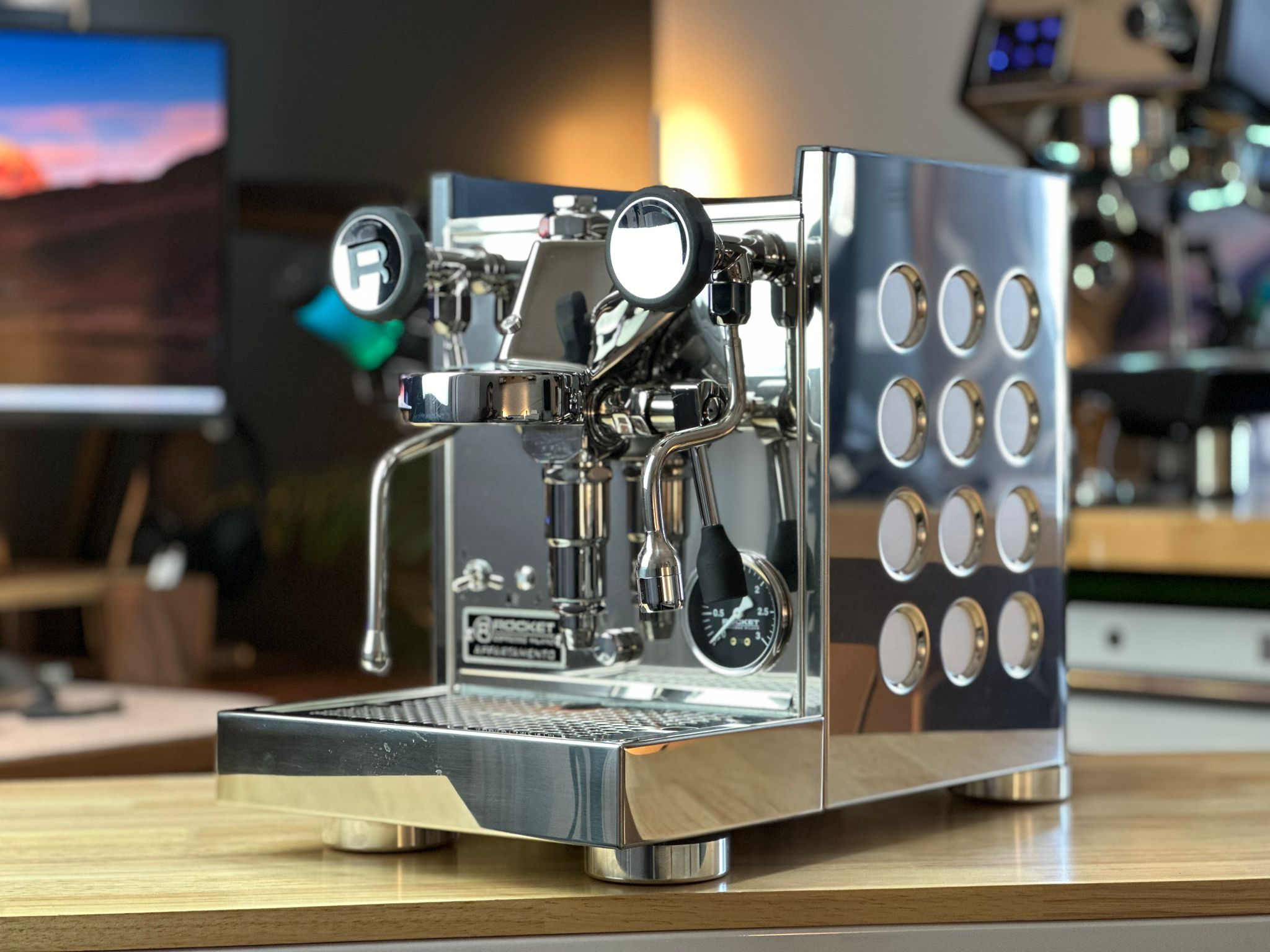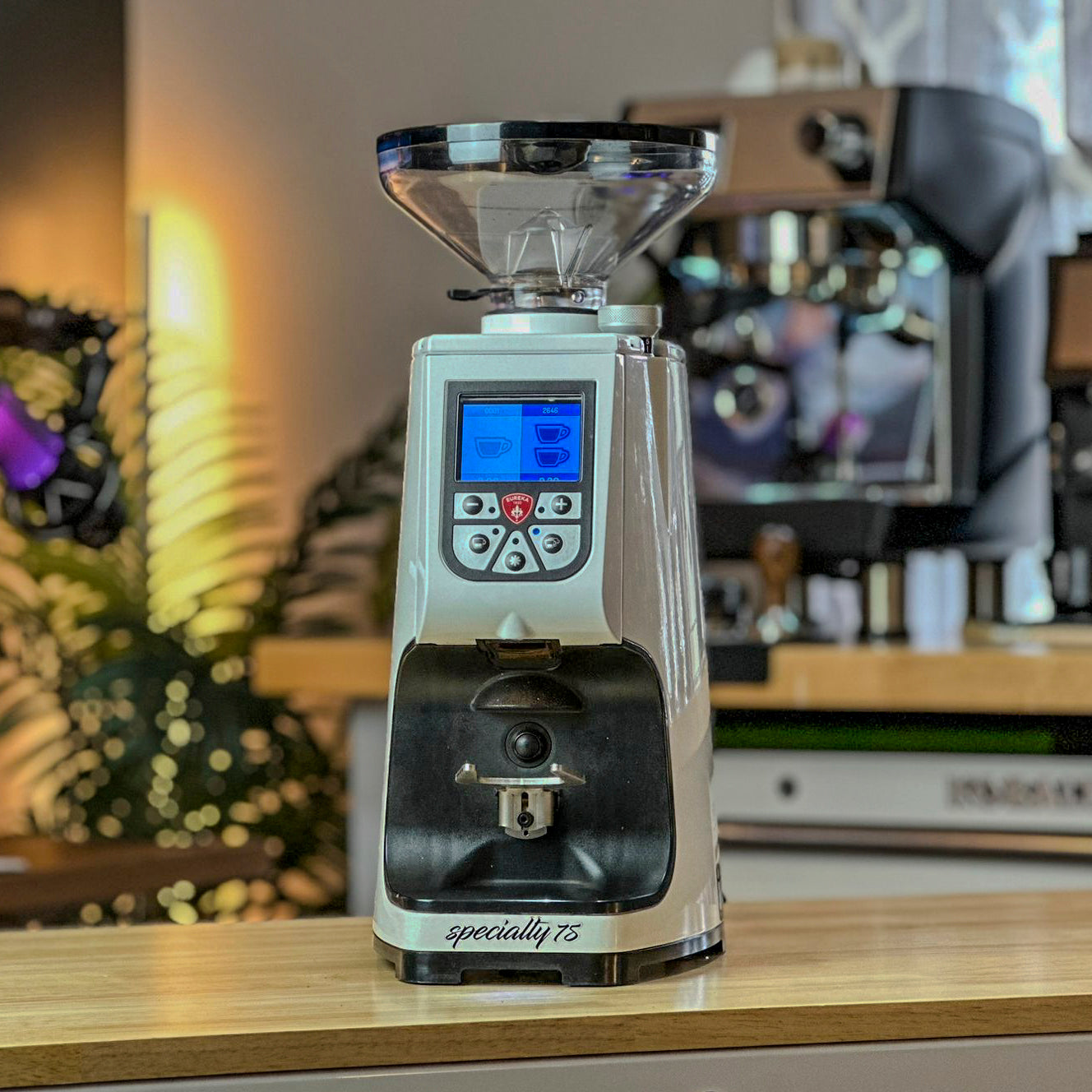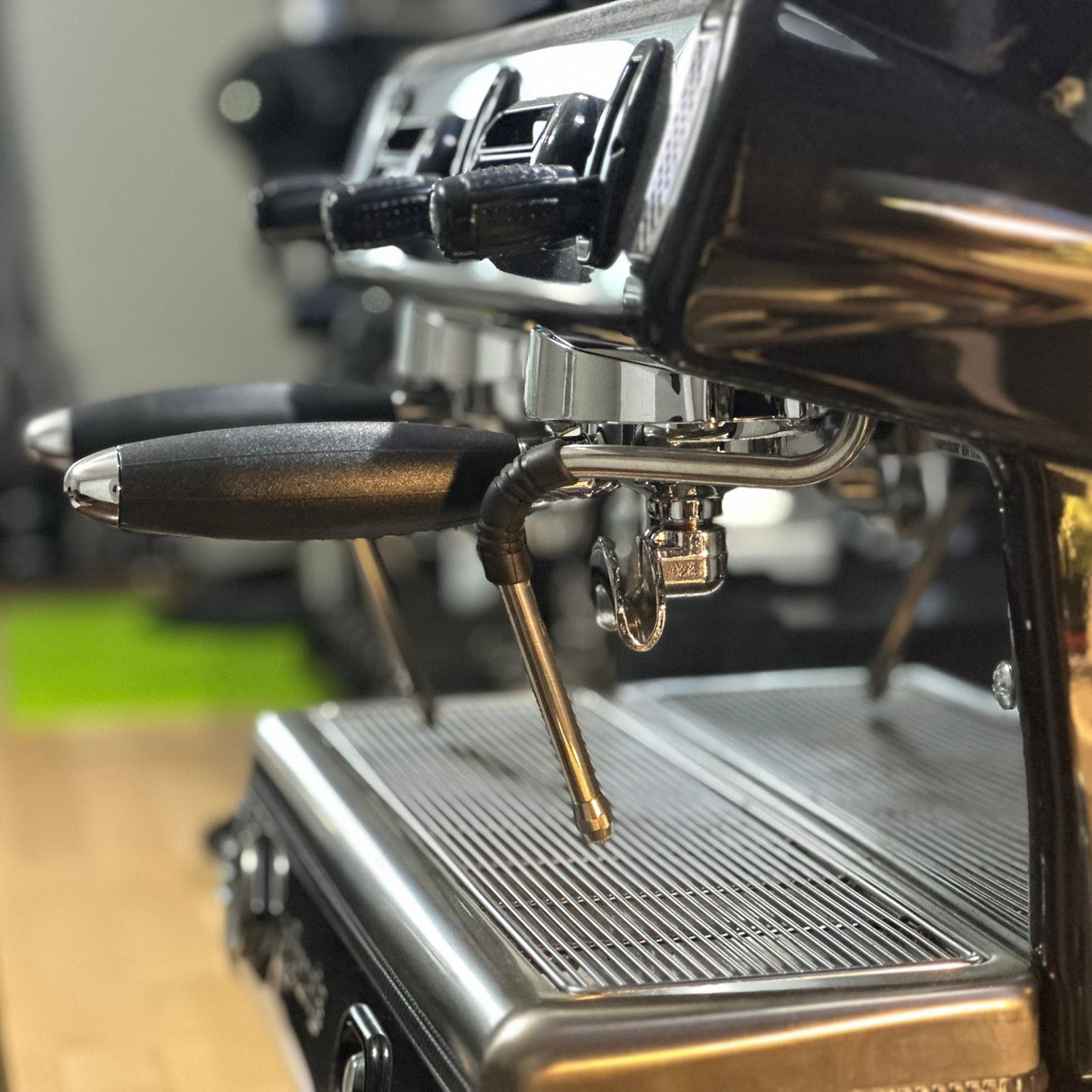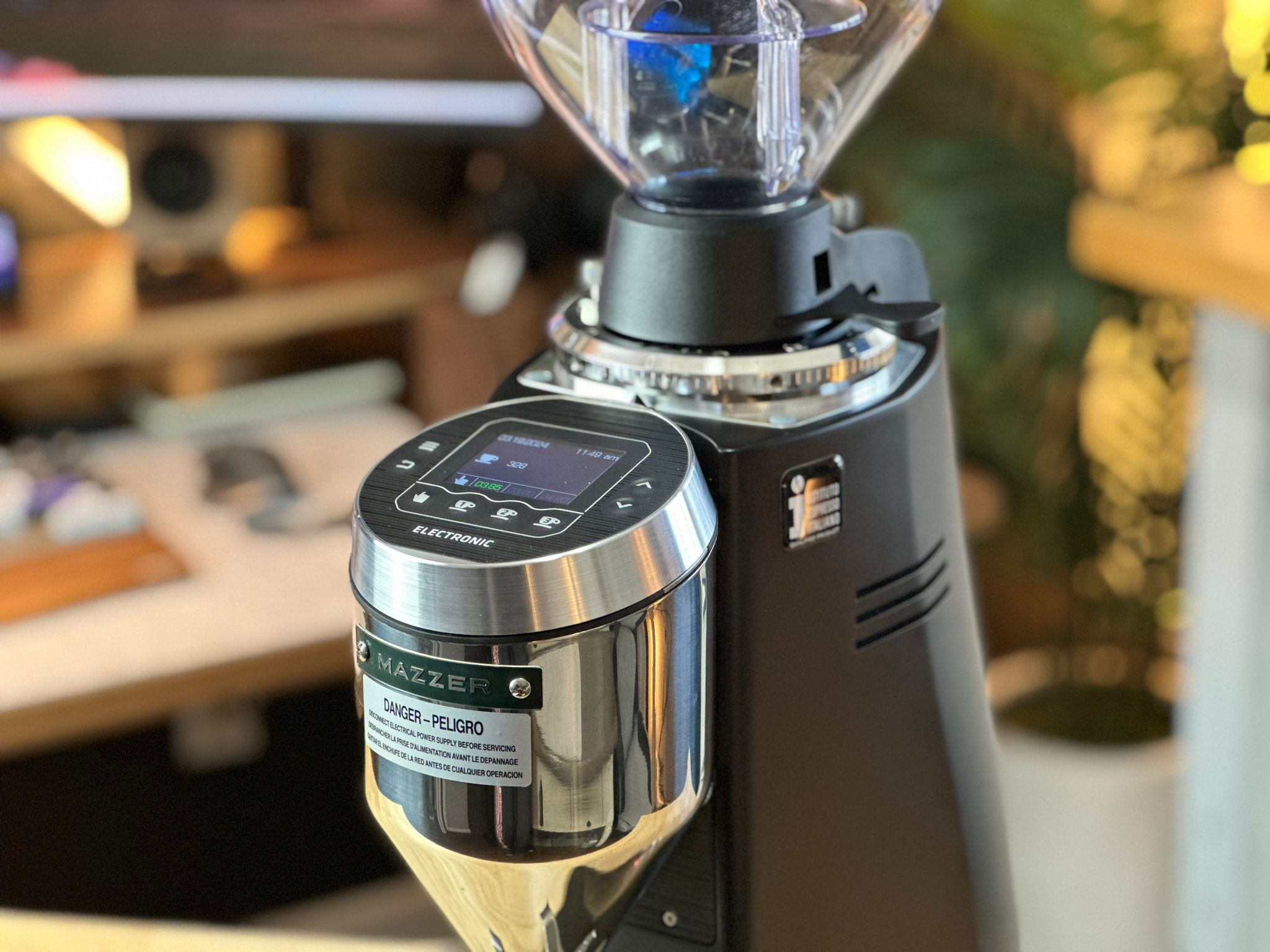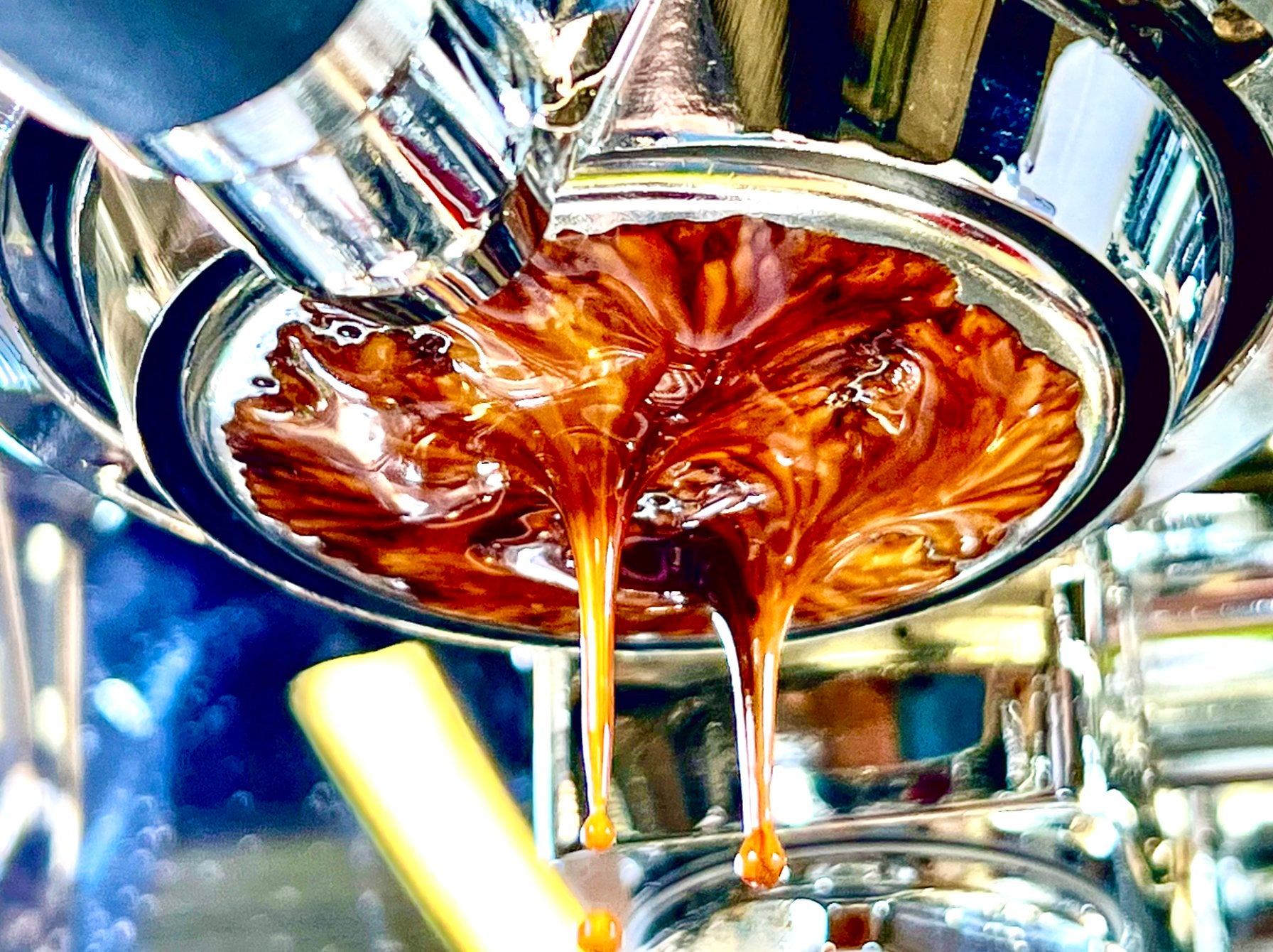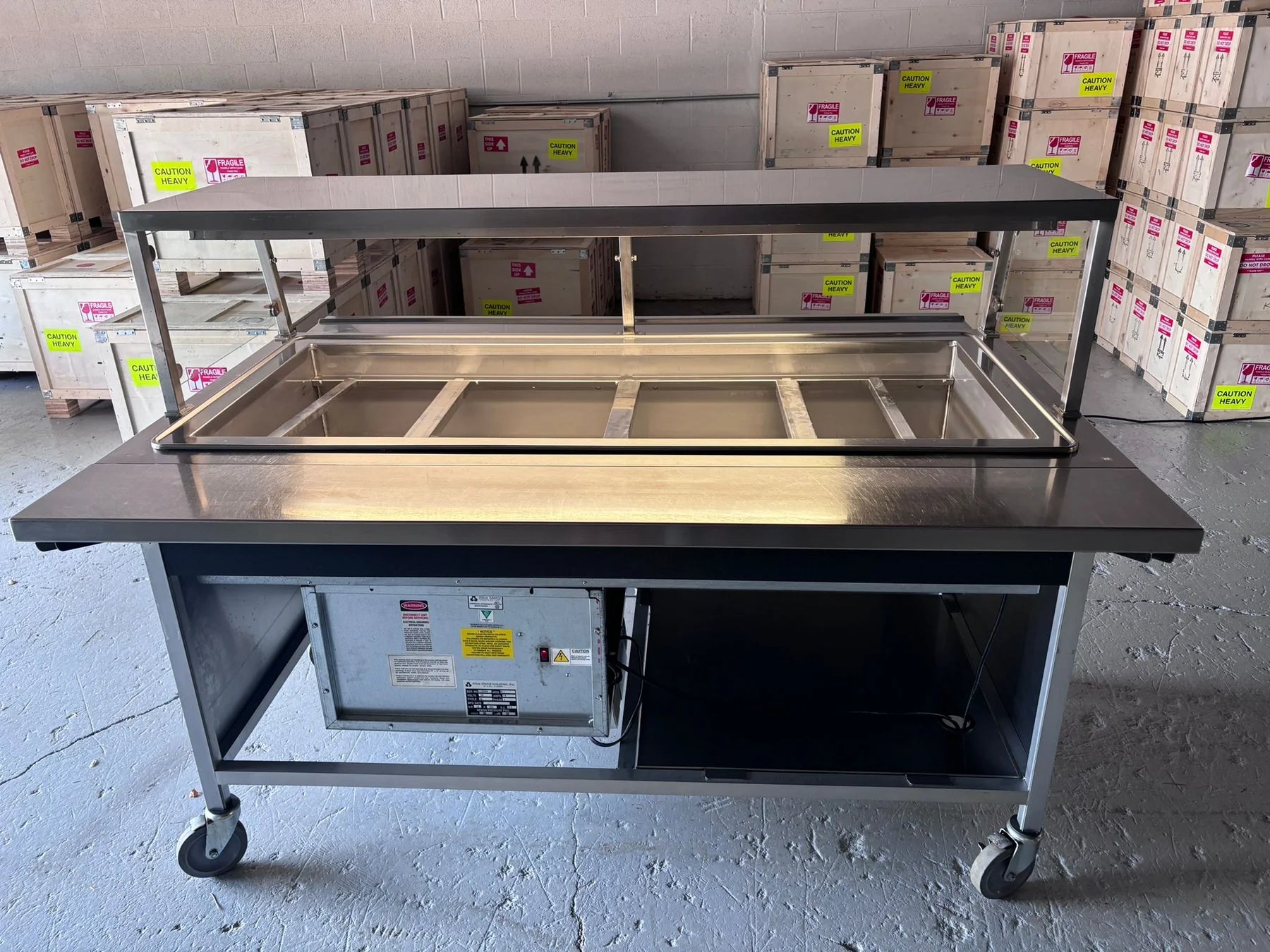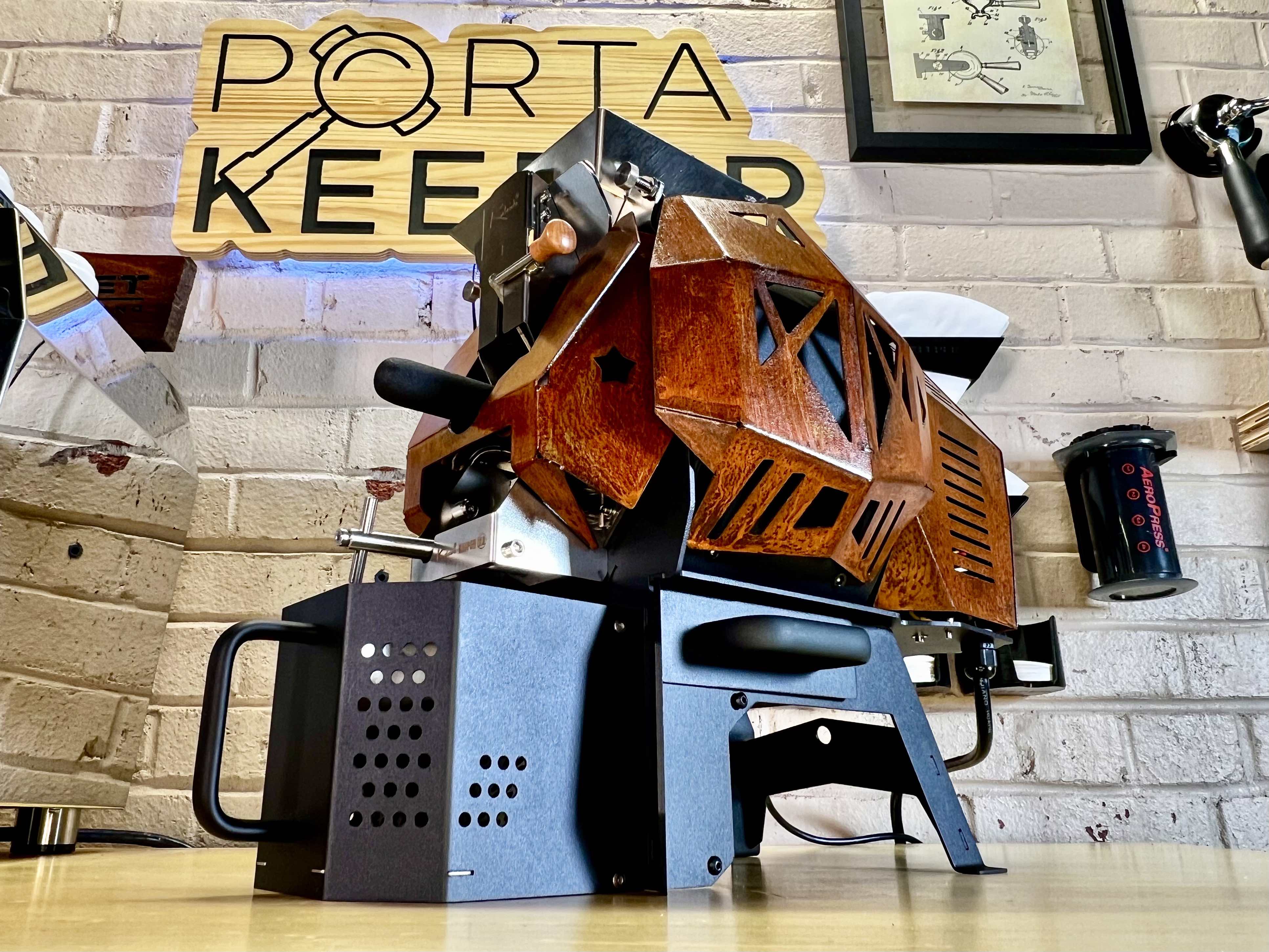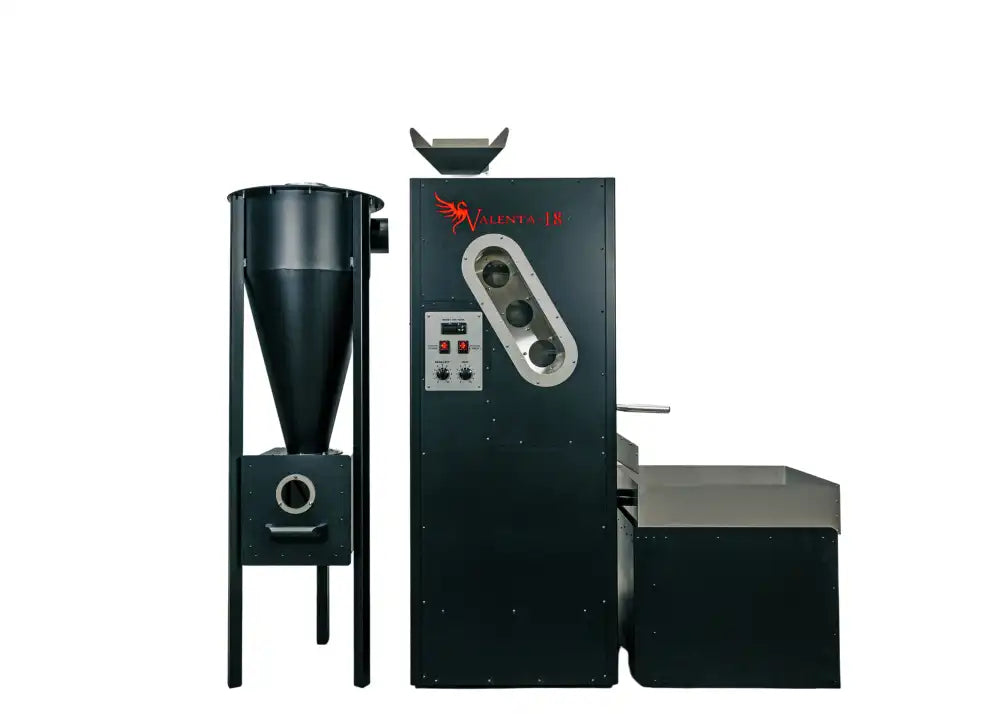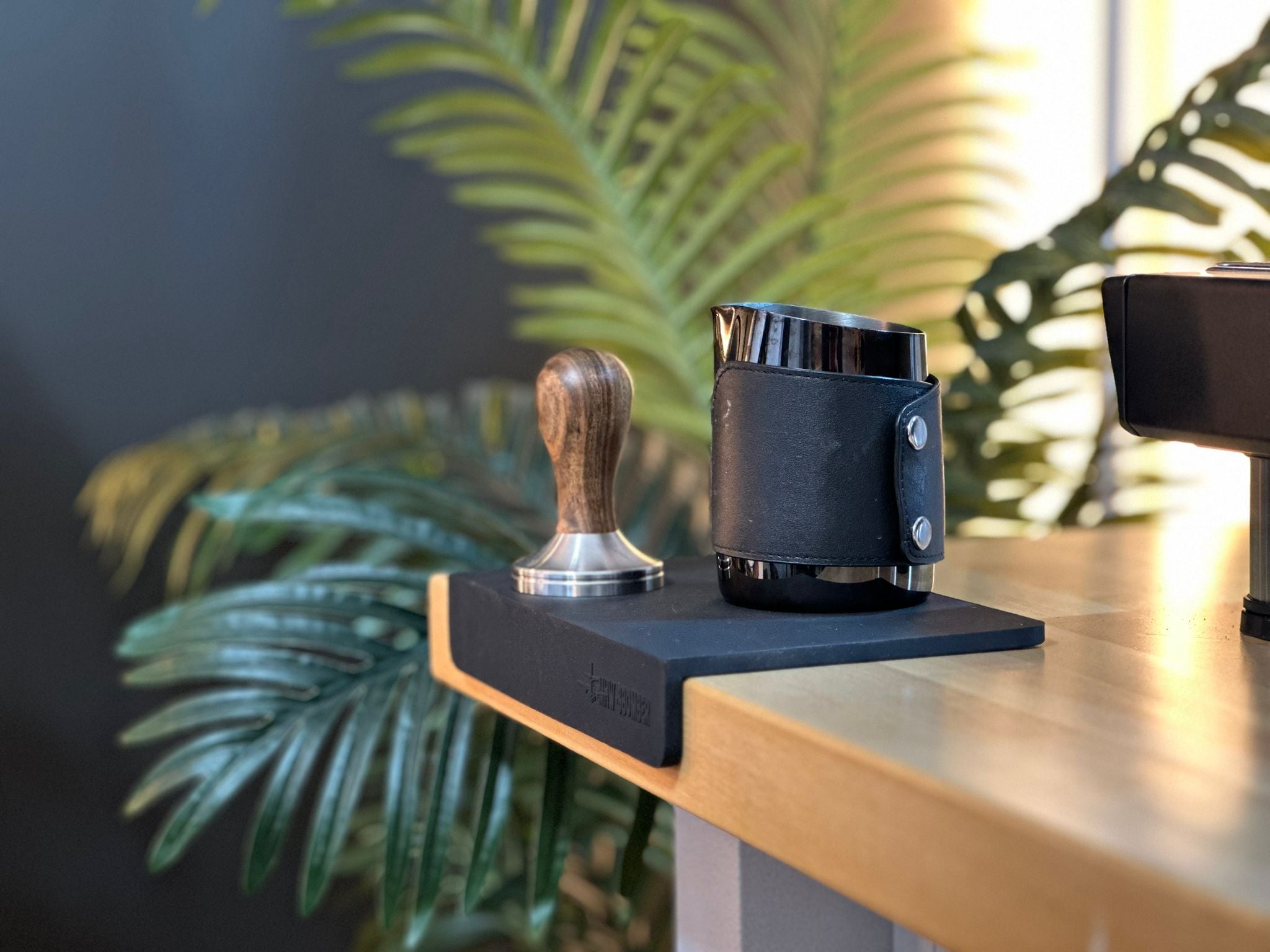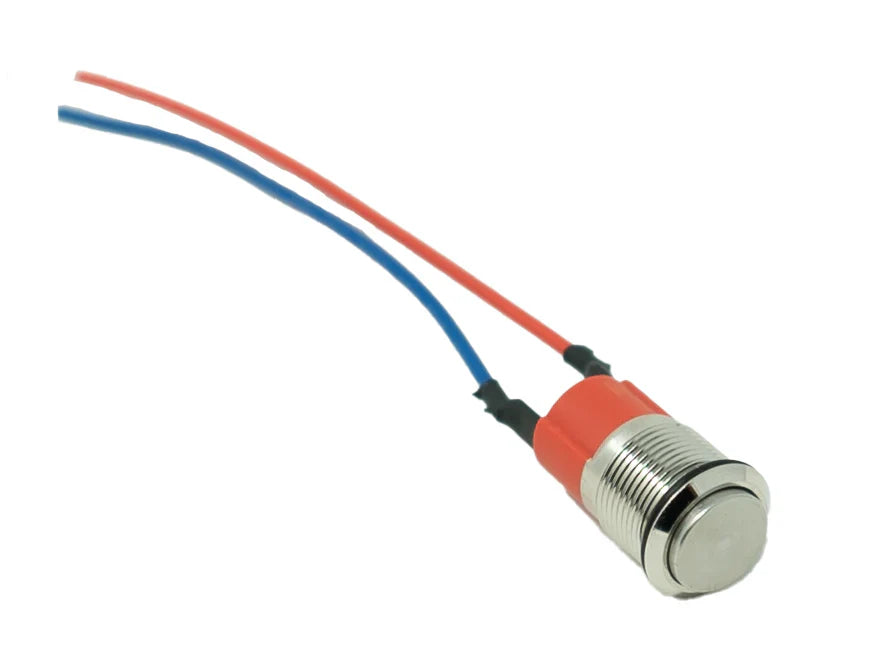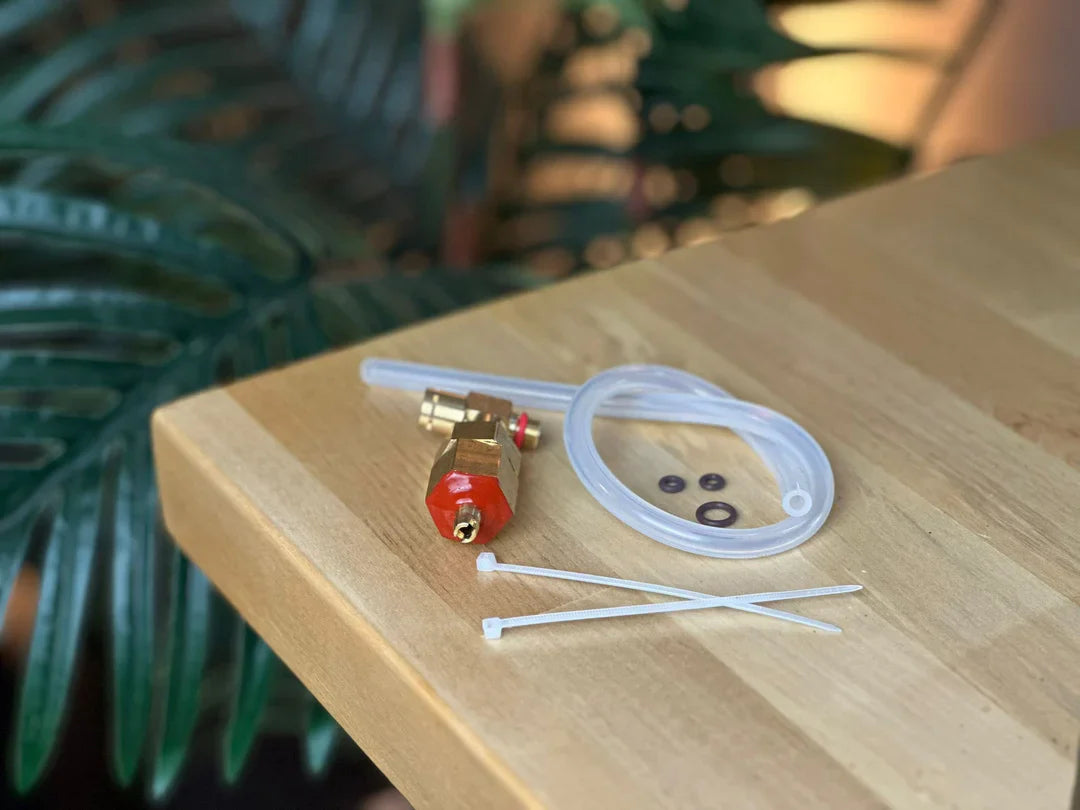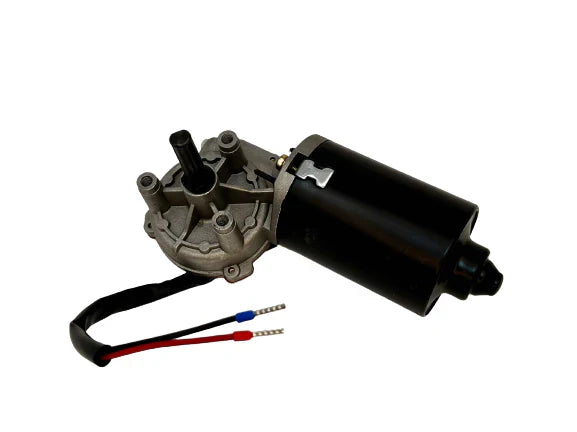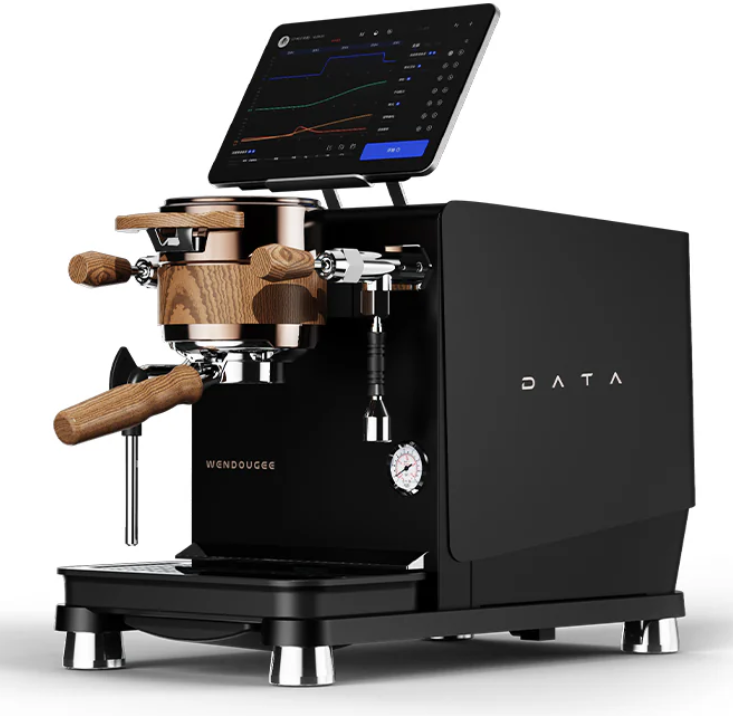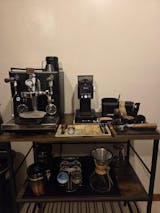Saturated Brew Groups in Espresso Machines: A Detailed Explanation
The brew group in an espresso machine is the component responsible for delivering water from the boiler to the coffee puck in the portafilter. It plays a critical role in the overall espresso extraction process, influencing factors like temperature stability, water flow, and shot consistency. One of the most advanced types of brew groups is the saturated brew group.
In this article, we will explore what saturated brew groups are, how they work, and why they are favored by many high-end espresso machines for their superior temperature stability and performance.
1. What Is a Saturated Brew Group?
A saturated brew group refers to a design where the group head, which houses the portafilter, is fully integrated with the boiler or a heat-exchanger system. The term "saturated" comes from the fact that the group head is in constant contact with hot water from the boiler, effectively "saturating" the entire group with the same temperature water that is being delivered to the coffee.
Construction and Design
In a saturated brew group, the group head is essentially part of the boiler or heat-exchanger. This design ensures that the water temperature in the boiler and the temperature at the group head are almost identical, eliminating many of the thermal fluctuations that can occur in other types of brew group designs, such as semi-saturated or E61 group heads.
- Water Envelopment: The group head is surrounded by hot water from the boiler. The design minimizes the distance water has to travel from the heating element to the coffee puck.
- Compact Configuration: The brew group and boiler are tightly integrated, which reduces heat loss and improves temperature retention.
Saturated group heads are commonly found in high-end, commercial espresso machines, such as La Marzocco machines, which are known for their emphasis on temperature stability.
2. The Importance of Temperature Stability
Temperature stability is one of the most important factors in producing high-quality espresso. Inconsistent water temperatures can lead to uneven extraction, which can result in a bitter or sour-tasting shot of espresso. By maintaining a consistent water temperature, baristas can achieve more consistent, balanced, and flavorful espresso shots.
How Temperature Affects Espresso Extraction
- Too Hot: If the water temperature is too high (above 95°C/203°F), the coffee will over-extract, pulling too many bitter compounds from the grounds and resulting in a burnt or bitter taste.
- Too Cold: If the water temperature is too low (below 90°C/194°F), the coffee will under-extract, leading to a sour, acidic, or weak shot.
Maintaining the right temperature range (typically between 90-95°C or 194-203°F) is crucial for optimal extraction, and this is where saturated brew groups excel.
Advantages of Saturated Brew Groups for Temperature Stability
Saturated brew groups provide unparalleled temperature stability compared to other brew group designs. Here’s how:
- Consistent Temperature at the Group Head: Since the group head is in constant contact with water from the boiler, the temperature of the water reaching the coffee puck is more consistent. There is minimal temperature fluctuation as water travels a very short distance from the boiler to the coffee.
- Thermal Mass: Saturated brew groups have a large thermal mass, meaning they are less affected by external temperature changes. Once the system heats up, it remains at a stable temperature throughout the brewing process.
- Reduced Heat Loss: The design of saturated group heads reduces the amount of heat lost as water moves from the boiler to the group head, ensuring that water is delivered at the optimal temperature for extraction.
In a 2014 study on temperature stability in espresso machines, researchers found that machines with saturated group heads, like those used in La Marzocco models, exhibited a high degree of temperature stability, with variations of less than 1°C during the brewing process.¹ This consistency is critical for maintaining the flavor integrity of the espresso.
3. Comparison with Other Brew Group Designs
There are several other common types of brew groups used in espresso machines, such as semi-saturated and E61 group heads. Here’s how these designs compare to saturated brew groups in terms of temperature stability and performance:
Semi-Saturated Brew Groups
- Design: In semi-saturated brew groups, the group head is partially connected to the boiler or heat-exchanger, but not fully integrated. While the water in the boiler heats the group head, it does not have the same level of direct contact as in saturated designs.
- Temperature Stability: Semi-saturated brew groups provide decent temperature stability but tend to have more temperature fluctuations compared to saturated groups because of the indirect heat transfer. The larger distance between the water source and the group head can result in minor heat loss.
E61 Group Heads
- Design: The E61 group head is one of the most well-known and widely used designs in home and commercial machines. It features a thermosiphon system, where water circulates from the boiler through the group head to keep it warm.
- Temperature Stability: E61 group heads provide good temperature stability but can still experience temperature drops between shots due to the indirect heating system. The thermosiphon system works well but isn’t as efficient at maintaining consistent temperatures as a fully saturated group head.
- Pre-Infusion: One advantage of the E61 design is its built-in pre-infusion capability, which allows for a gentler extraction process at the start of brewing. However, it doesn’t offer the same precision in temperature stability as saturated designs.
4. Benefits of Saturated Brew Groups
1. Unparalleled Temperature Stability
As previously mentioned, the primary advantage of a saturated brew group is its exceptional temperature stability. By maintaining a consistent temperature at the group head, saturated brew groups allow baristas to pull more consistent and reliable shots, shot after shot.
2. Ideal for High-Volume Environments
Saturated brew groups are often found in commercial settings because they are well-suited for high-volume use. Since they maintain a stable temperature even during continuous use, they’re ideal for cafés that need to pull multiple shots in quick succession without experiencing temperature fluctuations.
3. Better Shot Consistency
With a more stable temperature at the group head, the risk of temperature-related extraction issues is minimized. This leads to more consistent espresso shots, which is particularly important for specialty coffee shops that rely on precision to bring out the complex flavors of high-quality beans.
4. Faster Recovery Times
Saturated brew groups tend to have faster recovery times between shots. Since the group head is constantly surrounded by hot water, it returns to the optimal brewing temperature much more quickly than other designs after pulling a shot.
5. Limitations of Saturated Brew Groups
Despite their many advantages, there are a few potential downsides to saturated brew groups:
-
Cost: Machines with saturated group heads are generally more expensive due to the advanced design and superior temperature stability. Brands like La Marzocco and Synesso, which use saturated groups, are typically priced at the higher end of the market.
-
Heat Retention for Home Use: In a home setting, the saturated brew group’s large thermal mass can retain heat for long periods, which may not be ideal for baristas who want a machine to cool down quickly between sessions.
6. Which Espresso Machines Feature Saturated Brew Groups?
Some well-known espresso machines that utilize saturated brew groups include:
- La Marzocco Linea Mini/Classic: One of the most popular espresso machines among professionals and enthusiasts alike, the Linea uses a saturated brew group to provide consistent temperature control.
- Synesso Hydra: Known for its high-end, durable design, Synesso machines feature saturated group heads for optimal temperature stability.
- Kees van der Westen Mirage: This commercial machine features a hybrid saturated group system, blending traditional aesthetics with modern engineering.
These machines are widely regarded for their performance in professional settings due to their ability to deliver consistent results in high-volume environments.
Summary Table: Saturated vs. Other Brew Group Designs
| Feature | Saturated Brew Group | Semi-Saturated Brew Group | E61 Group Head |
|---|---|---|---|
| Temperature Stability | High (Less than 1°C variation)¹ | Moderate (Some fluctuation) | Good, but dependent on thermosiphon system |
| Heat Retention | High | Moderate | Moderate to High |
| Cost | High | Moderate | Moderate |
| Shot Consistency | Excellent | Good | Good |
| Best For | High-volume commercial settings, precision | Home or semi-professional use | Home use, traditional espresso machines |
| Pre-Infusion Capability | No (unless separately designed) | No | Yes (built-in with many models) |
Conclusion
Saturated brew groups are a hallmark of high-end espresso machines, particularly in commercial environments where temperature stability and consistency are critical. By fully integrating the group head with the boiler, these systems ensure that the water temperature at the coffee puck remains stable, allowing baristas to pull consistent, high-quality espresso shots. While more expensive than other designs, saturated brew groups offer unparalleled performance and are ideal for professional or high-end home use.


